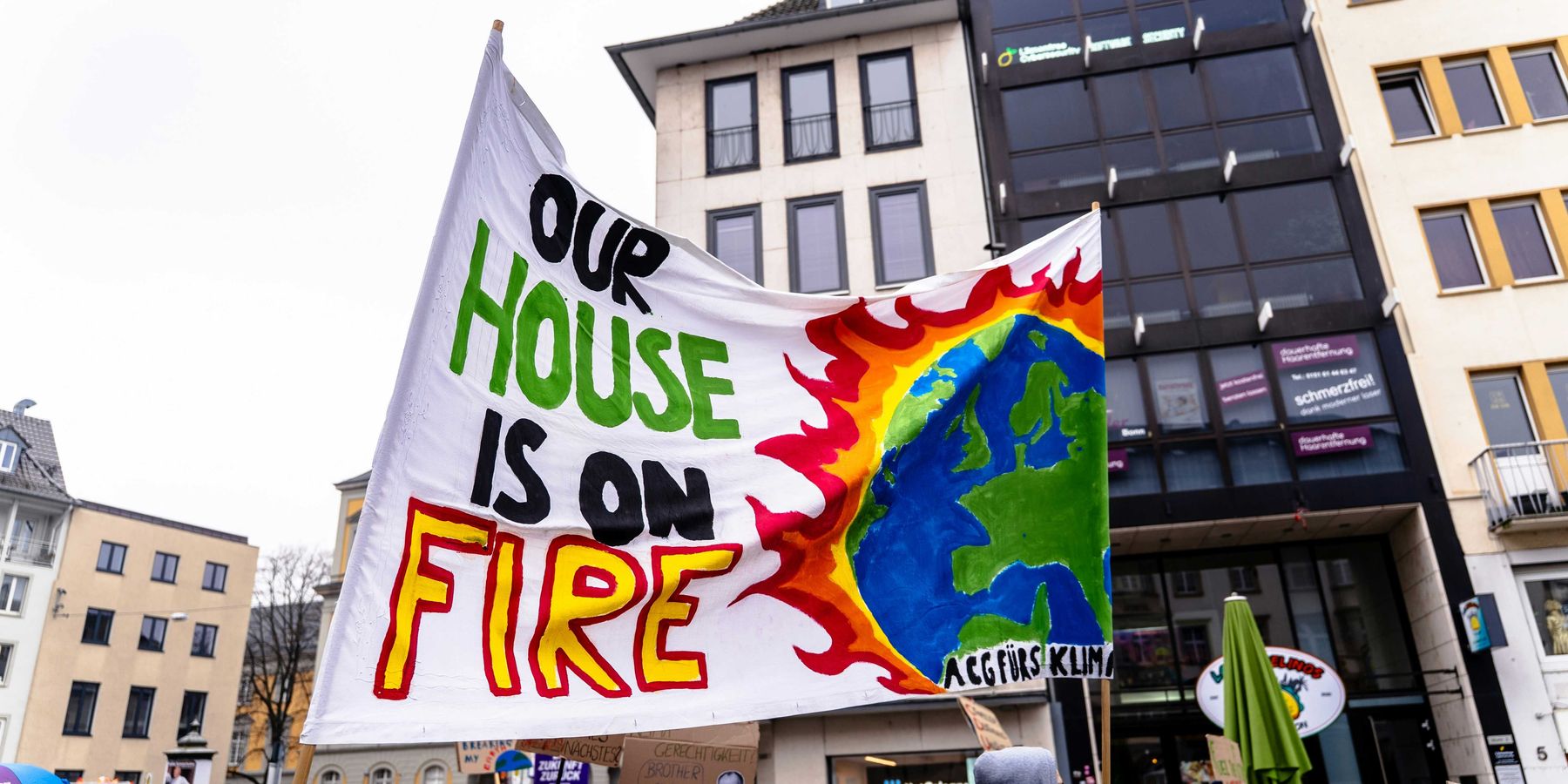perfluorocarbons
China's emissions of potent greenhouse gases surge over the past decade
Emissions of two highly potent greenhouse gases in China have surged by 78% over the last decade, dominating global output.
In short:
- Perfluorocarbons, used in manufacturing and aluminum smelting, trap heat more effectively than CO2 and persist for thousands of years.
- A study from MIT found that by 2020, China accounted for 64-66% of global emissions for two specific perfluorocarbons.
- These emissions primarily originate from industrial zones in western China, linked to the aluminum industry.
Why this matters:
Given China's pivotal role in global greenhouse gas emissions, its strategies for reducing these potent gases will be important. The rapid increase in emissions of these long-lasting greenhouse gases from China threatens global climate goals. These gases trap heat much more effectively than CO2, intensifying global warming and exacerbating climate change.
Crucial for a clean energy economy, the aluminum industry’s carbon footprint is enormous
A new report finds aluminum manufacturing worldwide emits more than a billion tons of carbon dioxide annually, as well as chemicals called perfluorocarbons that warm the planet for 50,000 years.
Why Chinese aluminum producers emit so much of some of the world’s most damaging greenhouse gases
More than half of the aluminum in the world is produced in China, but it is responsible for 81 percent of the industry’s emissions of PFCs. Simple automation could go a long way toward cutting them.
Why American aluminum plants emit far more climate pollution than some of their counterparts abroad
Perfluorocarbons (PFCs) threaten “the public health and welfare of current and future generations,” according to a 2009 determination by the EPA as part of a sweeping “endangerment finding” on greenhouse gases. But the EPA does not regulate PFCs.









